Dallas ISD students who don’t have film programs at their schools are getting the opportunity to become filmmakers through a partnership with their school and a program through Pegasus Media Project, a nonprofit arts organization.
The program, Youth Portable Film Program, is led by local filmmaker Christopher Sonny Martinez, a Dallas ISD alum. The program currently serves students at H. Grady Spruce High School, Yvonne A. Ewell Townview Center, and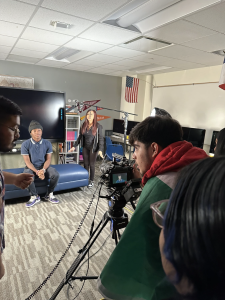 the Victory Meadows Youth Center, which serves students in the Emmett J. Conrad High School feeder pattern. Martinez has been working with the students since last semester in teaching them film language, film history, and how to create their own stories using film.
the Victory Meadows Youth Center, which serves students in the Emmett J. Conrad High School feeder pattern. Martinez has been working with the students since last semester in teaching them film language, film history, and how to create their own stories using film.
PMP was founded in 2012 by artist-educator Niloo Jalilvand, who was a teacher at Booker T. Washington High School for the Performing and Visual Arts, for 21 years. In 2015, she launched the student-led Pegasus Film Festival to inspire and empower young people to pursue their passion for filmmaking.
The Youth Portable Film Program is funded through grants such as the Texas Commission for the Arts and is free to the schools. At Spruce, Martinez has been working with the students in collaboration with Miriam Sharp, their graphic design teacher.
“Working with Pegasus has been a fun journey because the students love taking part behind and in-front of the camera,” Sharp said. “It has taught them about themselves and their peers in an atmosphere where they can be themselves,” she said.
Approximately 12 tenth grade students participate in the program at Spruce.
Tamitha Curiel, from PMP, who is also a filmmaker and a Booker T. Washington alum, says the goal is to give students ideas for the way stories can be told in the visual medium, as they are already manipulating color and their own designs in their graphic design class.
“In any job you could go into, you have the skill to tell the story with the visual,” Curiel said. “They are building on those skills and just taking that to the next level—to a moving image –and giving them tools, because those skills can be utilized in many different areas.”
She says that even if students don’t become professional filmmakers, those skills will be useful, as there are people such as dentists, lawyers, and other professions who are making films and TikTok videos to promote their businesses.
Curiel says that so far, students have interviewed each other, edited their own interviews, as well as filmed b-roll, which is footage that supplements main video footage.
“In the beginning, I don’t think the students really had a good understanding of what the work entailed, but I think they were kind of excited about getting their hands on the equipment,” she said. “One of the students said something about feeling powerful during the editing process.”
The work the students have done to carve out their own stories has also led them to collaborate with other students outside of their class. They recently filmed the Spruce dance team, which performed a piece titled “My Mind.”
Curiel says that future plans include the students working on their own film—but for now they are creating their student profiles through film, highlighting some of the things they like at their school.
All of the classes take place during school hours and Curiel says that PMP wants to continue this collaboration with schools to empower students to tell their stories.
For more information about the Youth Portable Film Program, visit https://www.pegasusmediaproject.com/about-8.


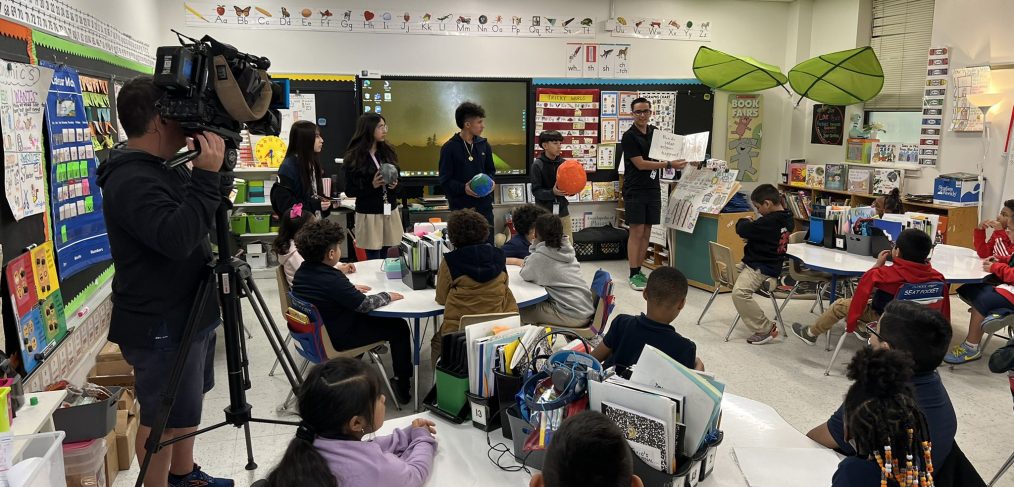
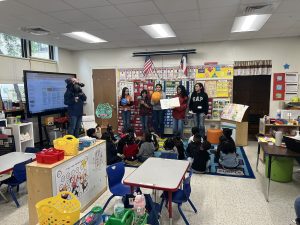
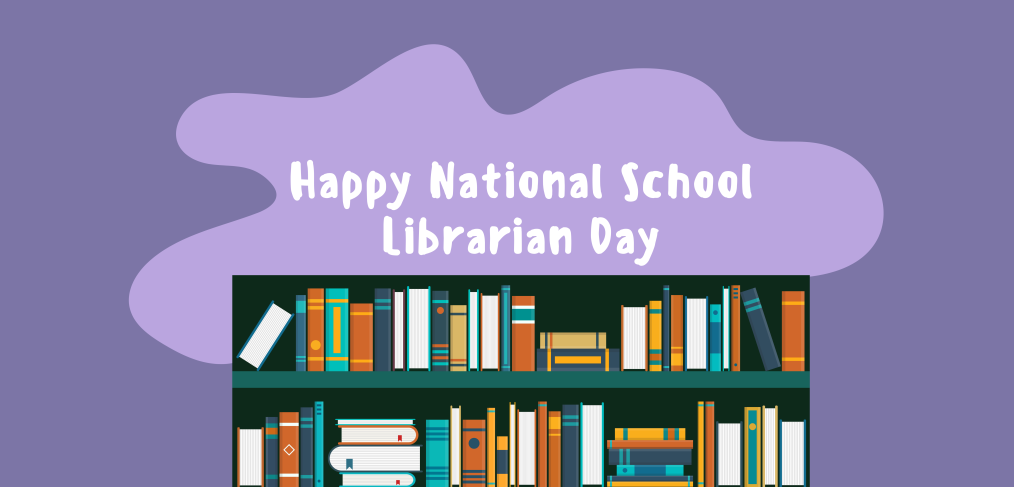
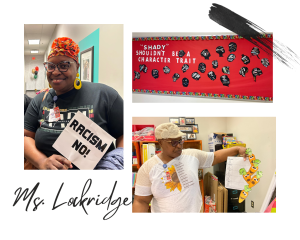 Vernetta Lockridge, librarian at John W. Runyon Elementary School
Vernetta Lockridge, librarian at John W. Runyon Elementary School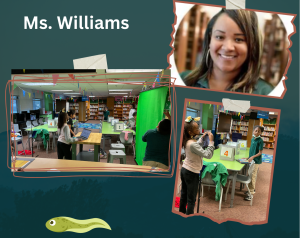 which teachers and students visit regularly. The students use the district-purchased online resources to take their learning about amphibians a step further. Williams also provides engaging opportunities for students to use technology in the learning process. She leads the students in producing the virtual announcements for her school once a week.
which teachers and students visit regularly. The students use the district-purchased online resources to take their learning about amphibians a step further. Williams also provides engaging opportunities for students to use technology in the learning process. She leads the students in producing the virtual announcements for her school once a week. Carrie Bruce, librarian at E.B. Comstock Middle School
Carrie Bruce, librarian at E.B. Comstock Middle School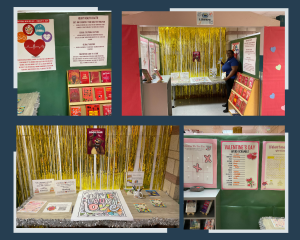 opportunity for the library to circulate books, Social Emotional Learning activities, has a creative writing station, promotes the
opportunity for the library to circulate books, Social Emotional Learning activities, has a creative writing station, promotes the 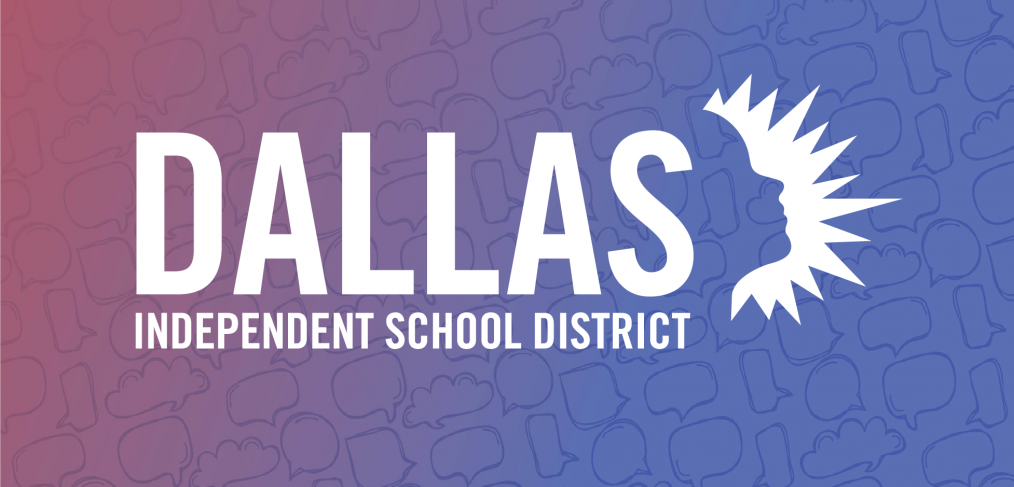
 “I really like to impart knowledge about math and real life,” Wrice said.
“I really like to impart knowledge about math and real life,” Wrice said. 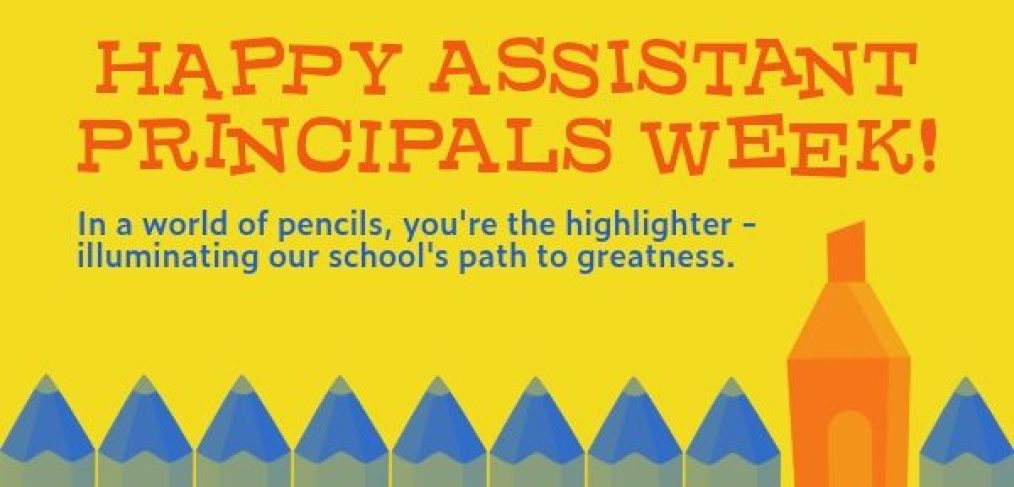

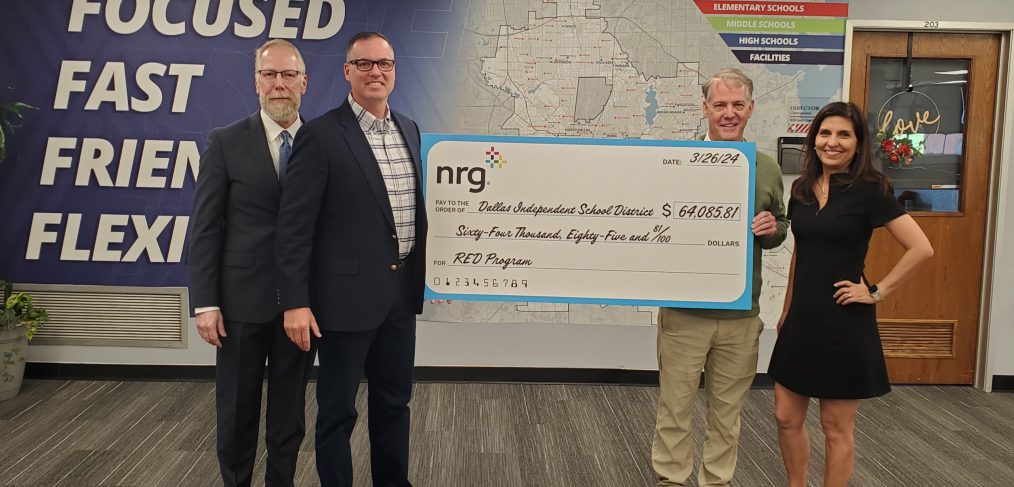
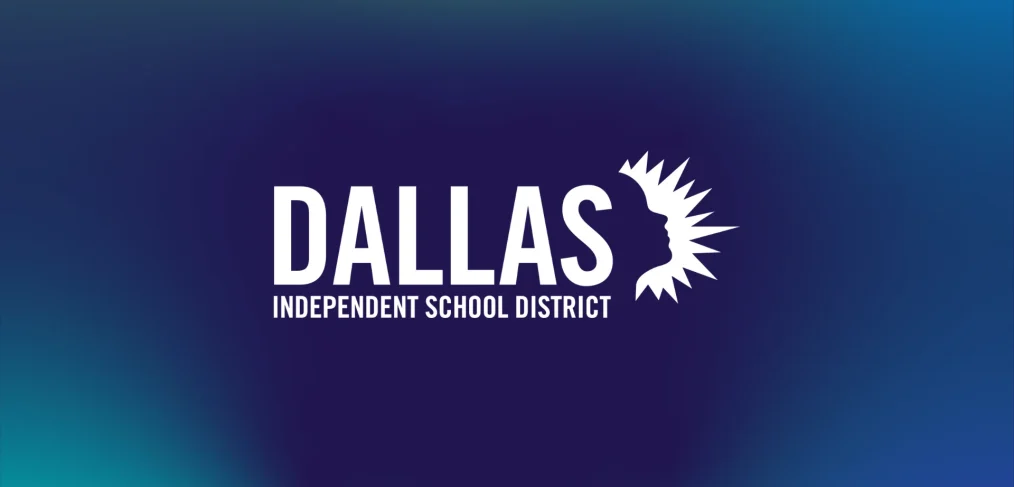

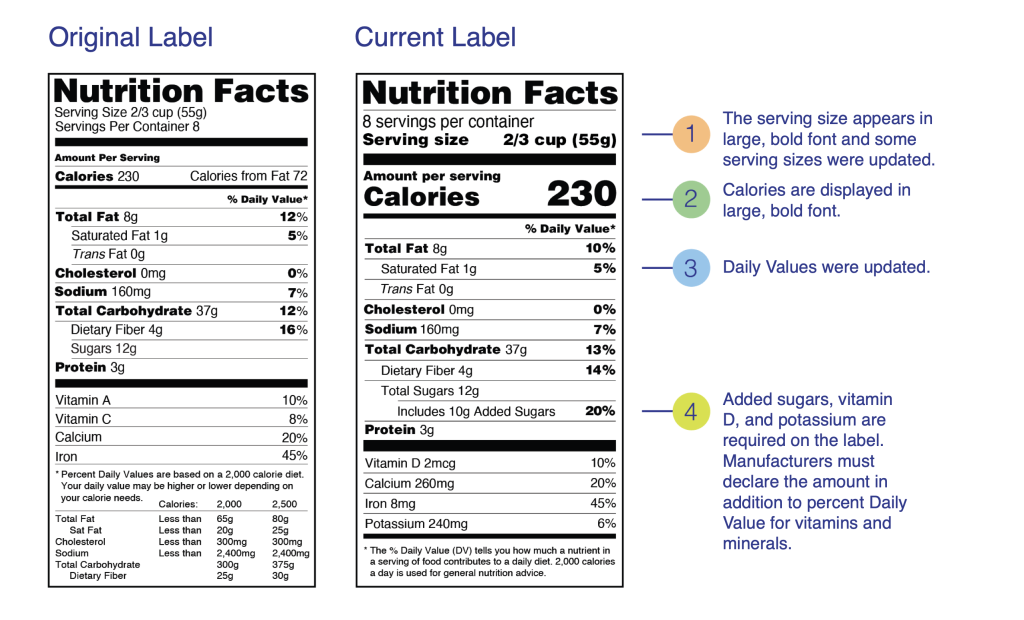 Foods with more than one ingredient must have an ingredient list on the label. Ingredients are listed in descending order by weight. Those in the largest amounts are listed first. This information is particularly helpful for people with food sensitivities or allergies, those who need to avoid certain ingredients due to religious reasons, or people who prefer a vegetarian eating style.
Foods with more than one ingredient must have an ingredient list on the label. Ingredients are listed in descending order by weight. Those in the largest amounts are listed first. This information is particularly helpful for people with food sensitivities or allergies, those who need to avoid certain ingredients due to religious reasons, or people who prefer a vegetarian eating style.
